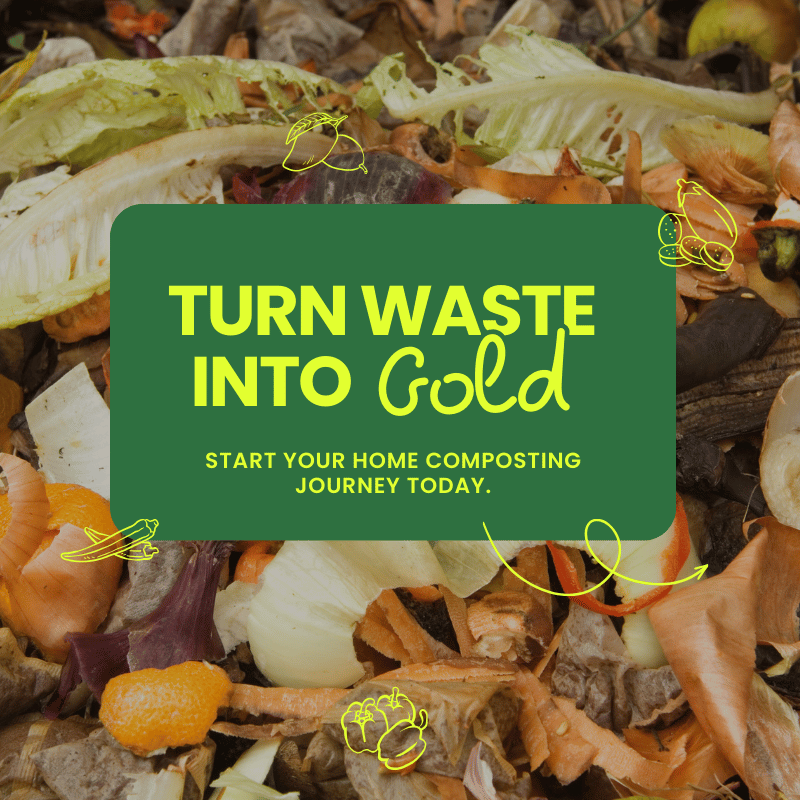
Simple Steps to Start Composting at Home
Simple Steps to Start Composting at Home
Composting at home is one of the easiest and most effective ways to reduce household waste, enrich your garden soil, and help the environment. If you’re looking to make your lifestyle greener, learning how to start composting is a great place to begin. In this blog post, you'll find simple steps to start composting at home—even if you have limited space!
Why Compost at Home?
- Reduces landfill waste: Food scraps and yard clippings make up a large portion of household garbage.
- Enriches soil: Compost adds valuable nutrients, helping your plants grow stronger and healthier.
- Cuts down on greenhouse gases: Organic waste in landfills produces methane, a potent greenhouse gas.
Step 1: Choose a Composting Method
There are several ways to compost at home. Choose the one that fits your space and lifestyle:
- Outdoor compost pile or bin: Great if you have a backyard.
- Tumbler bin: Speeds up the process and keeps things tidy.
- Indoor compost bin: Perfect for apartments or small spaces.
- Vermicomposting (worm composting): Uses worms to break down food scraps quickly.
Step 2: Find the Right Location
Pick a dry, shady spot for your compost bin or pile. Make sure it’s easy to reach from your kitchen, so you’ll be more likely to use it regularly.
Step 3: Know What You Can (and Can’t) Compost
Compost-friendly materials:
- Fruit and vegetable scraps
- Coffee grounds and filters
- Tea bags (without plastic)
- Eggshells
- Grass clippings and leaves
- Shredded newspaper or cardboard
- Plant trimmings
Avoid these items:
- Meat, fish, and dairy
- Fats and oils
- Pet waste
- Diseased plants
- Glossy or colored paper
Step 4: Build Your Pile
To help your compost break down properly, use a mix of “greens” (nitrogen-rich materials) and “browns” (carbon-rich materials):
- Greens: Fruit/vegetable peels, coffee grounds, fresh grass clippings
- Browns: Dry leaves, shredded paper, cardboard
Aim for about three parts browns to one part greens.
Step 5: Maintain Your Compost
- Turn your pile: Every week or two, give your compost a quick turn with a pitchfork or shovel. This adds oxygen and helps materials break down.
- Keep it moist: Your compost should feel like a wrung-out sponge. Water it lightly if it gets too dry.
- Watch for pests: Cover kitchen scraps with browns to avoid attracting animals.
Step 6: Harvest Your Compost
In a few months (depending on the method), you'll have dark, crumbly compost ready to use. Spread it in your garden beds, mix it into potting soil, or top-dress your lawn for healthier plants.
Composting Tips for Beginners
- Start small—use a countertop bucket for kitchen scraps.
- Chop larger items into smaller pieces for faster decomposition.
- If the pile smells bad, add more browns and turn it more often.
Conclusion: Make Composting Part of Your Routine
Starting to compost at home is simple and rewarding. Not only do you reduce waste, but you also create valuable fertilizer for your plants. Follow these easy steps and enjoy the benefits of homemade compost!
